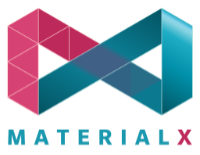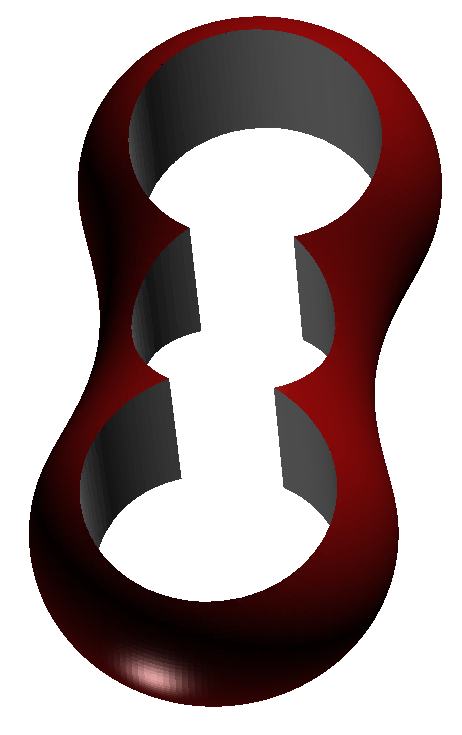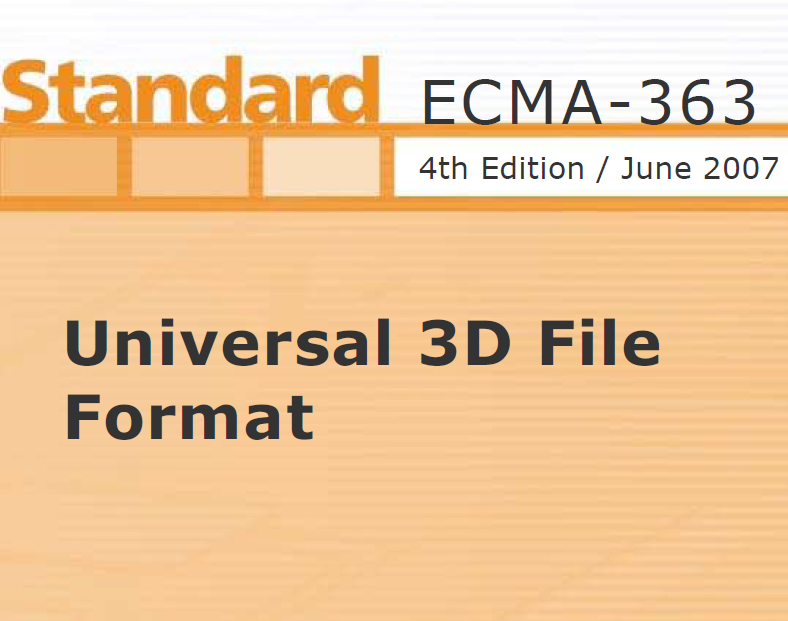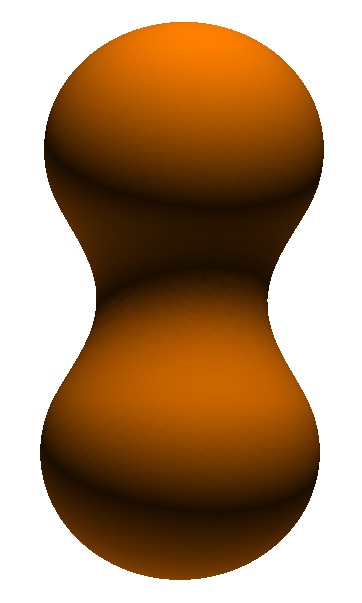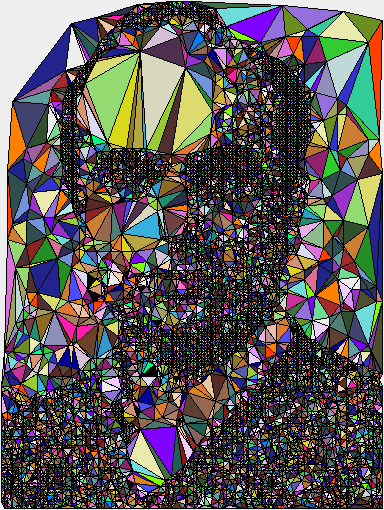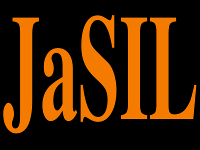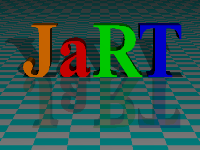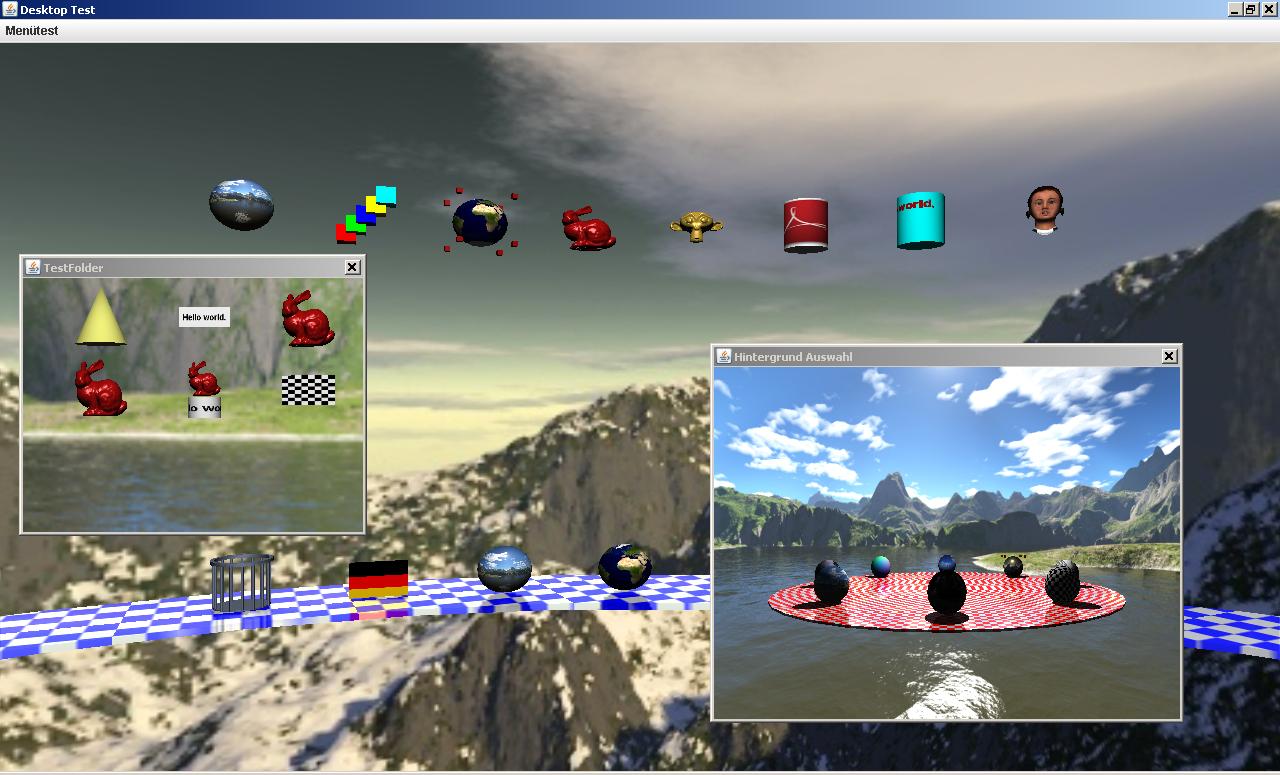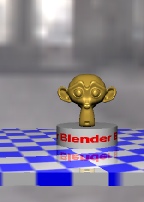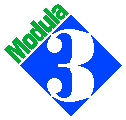|
2.1 Project Oberon
Project Oberon is the development of an operating system and of the programming language Oberon. The design philosophy of Project Oberon is: ,,Make it as simple as possible, but not simpler.'' (A. Einstein) The result of the last revision of the system was the design of a RISC architecture [ Wir2015 ] and of Oberon-07 [ Wir2016 ]. The following link shows an implementation of this Oberon system. The RISC CPU has been implemented with C++ and supports 1 CPU with 1 MB memory and a monochrome 1024x768 display. The purpose of this implementation is to study the system. The solution is incomplete (i.e. only partial keyboard support in the web browser). A description for using the system can be found here. |



